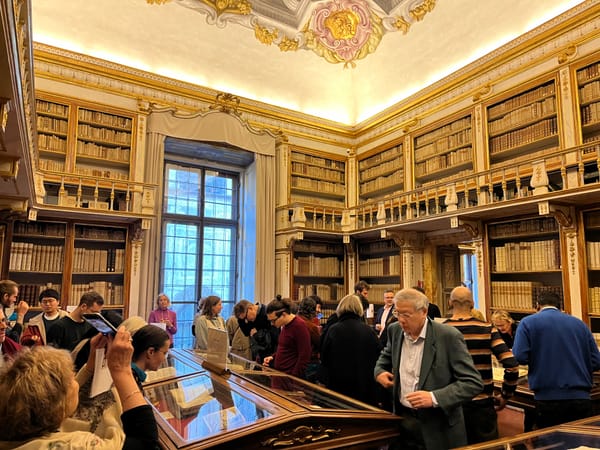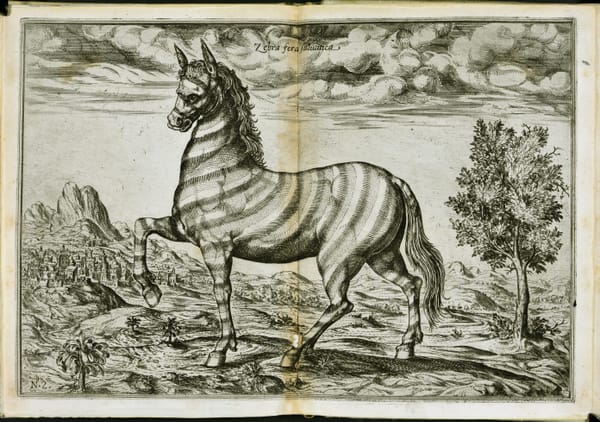Voras and Çelebis: Towards a Database of Early Modern Asian Merchants
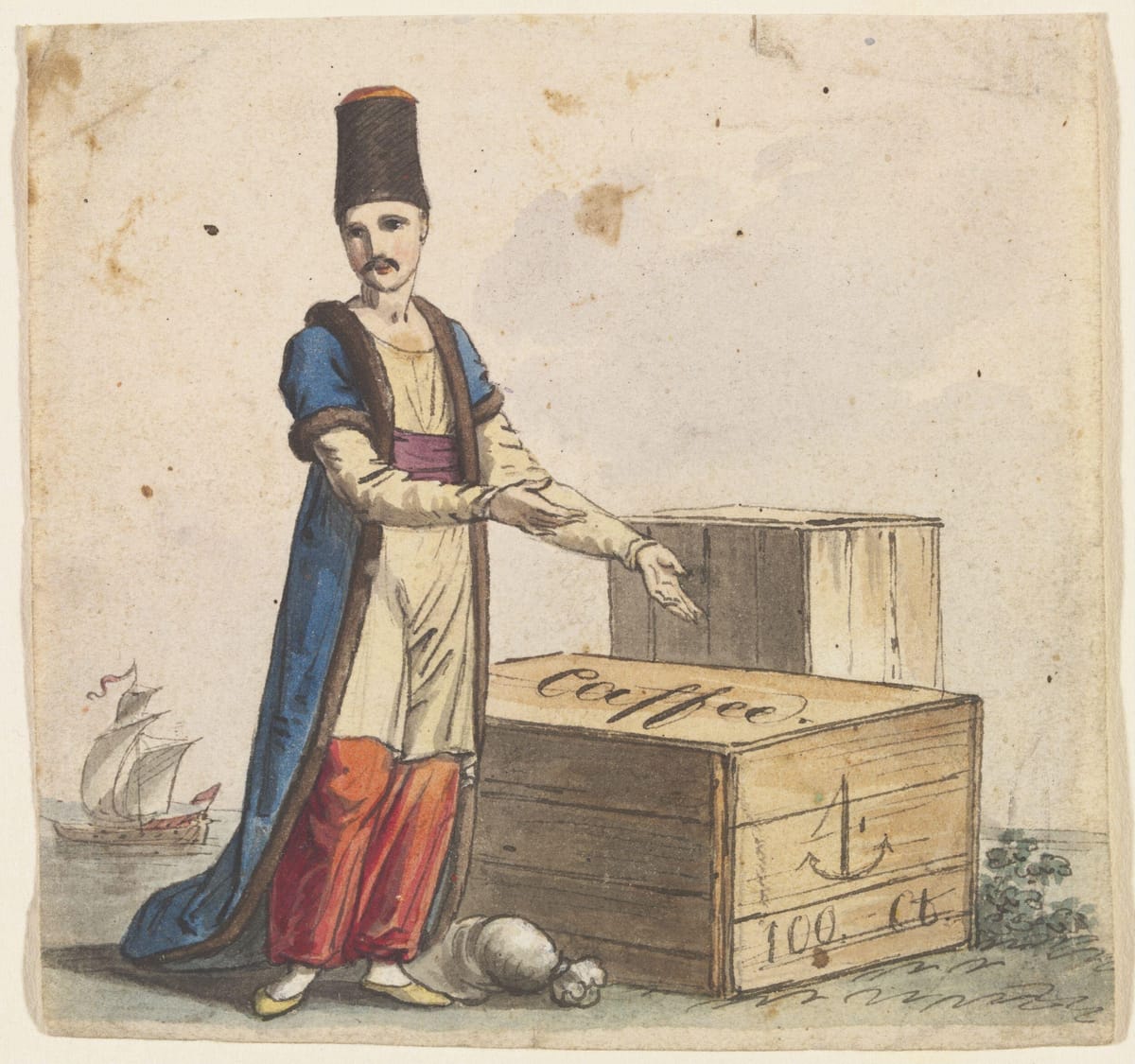
For better or worse, a small set of usual suspects dominate existing accounts of Asian merchant activity in early modern port cities in the Indian Ocean. This is in large measure a reflection of the limitations of existing source material. Because pre-1800 Asian commercial records are sparse for many corners of the Indian Ocean, historians are forced to recreate the biographies of Asian merchants from the vantage point of the European factory records; in other words, one step removed from the lifeworlds of these individuals. Indispensable though the factory records are to the story of Asian economic enterprise, they naturally privilege those Asian merchants who had close connections with European actors or who were prominent players in local commercial life. Nevertheless, rather than dispensing with these archives in the mistaken quest for 'authentic' Asian sources, European factory records, well trodden though they may be, can be utilized to good ends to construct accounts of early modern Asian capitalist activity.
Surat in Western India supplies one of the clearest examples of this trend. As the chief port of the Mughal Empire, Surat was host to a legion of merchants from Western and South Asia: Arabs, Armenians, Turks, Persians, Indians of various caste backgrounds, and of course the panoply of European merchants who inhabited its environs during its period of economic preeminence from roughly 1600 to 1770. Generously documented by the standards of many other Asian ports, Surat has supplied two generations of historians with plenty of fodder for constructing character sketches of its leading Asian merchant impresarios.
No account of the city’s economic life is complete without a mention of those Asian merchants whose fortunes rose and fell with that of the city: Virji Vora and the Çelebi family, among others. Yet despite it being de rigueur for historians to mention these figures, their exact ethnic identity has been a source of confusion. Virji Vora, for example, has been variably identified as a Sunni or Shia (Daudi) Bohra Muslim and a Jain. The scholarly consensus is that he was a Jain, and he figures prominent in nineteenth and twentieth century Jain histories written in Gujarati. Still, even if Virji Vora was not a Bohra, whether he was a Sunni or Shia (Daudi) Bohra is not merely a matter of semantics: each of these two groups possess distinct economic and religious histories that deserve to be accounted for on their own terms (figure 1).
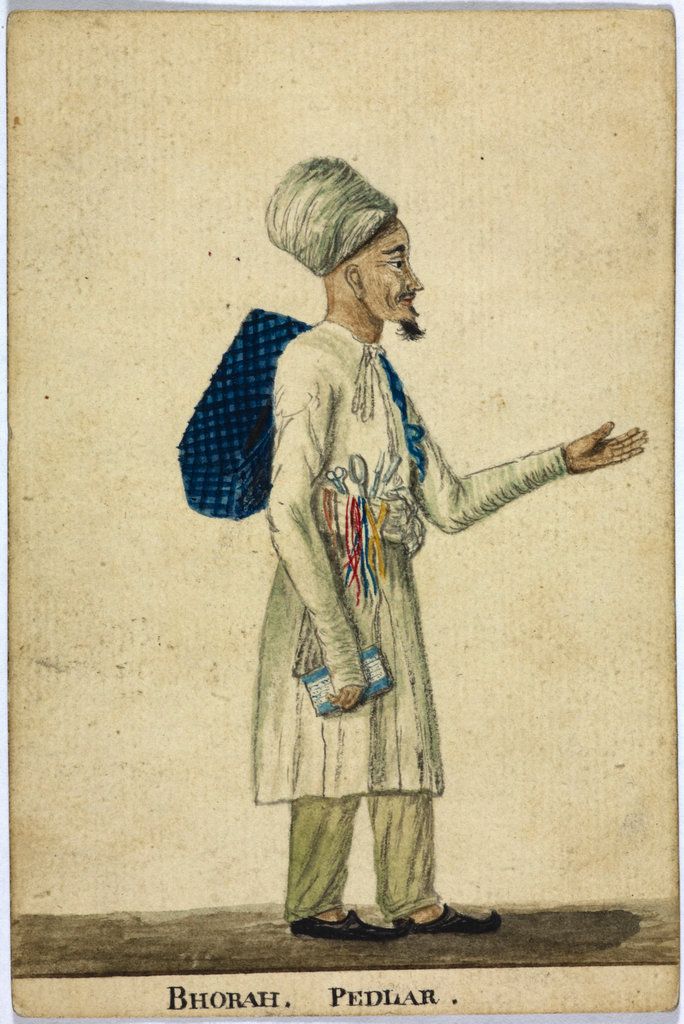
The Çelebis have been identified in still more contradictory ways. Basing themselves on European factory records, many secondary accounts tend to identify them as ‘Turks,’ but this is perhaps an oversimplification (Das Gupta, Indian Merchants). The frequently cited late-eighteenth century account of the Hajj, Anis al-Hujjaj, by Safi bin Wali Qazwini put their origins in Mosul (Hussain, "The Turkish Merchants at Surat in Mughal Times"; Qaisar, “From Port to Port"). Basing his observations on the late-eighteenth century Italian account of Domenico Sestini, John R. Perry stated they were of Armenian origin (Perry, Karīm Khān Zand). Meanwhile, Gujarati histories of Surat from the late nineteenth century (Patel, Suratanī Tavārīkha; figure 2) define the family as Arab, a reminder that the reputation of these merchants survived in the popular historical memory of Surat for centuries after they lived. Should one be forced to choose, it would be best to call the Çelebis Ottomans, for that category covers the spectrum of possible ethnic identities in Ottoman Iraq, while eluding the reductionist trap of attributing a single identity to them.
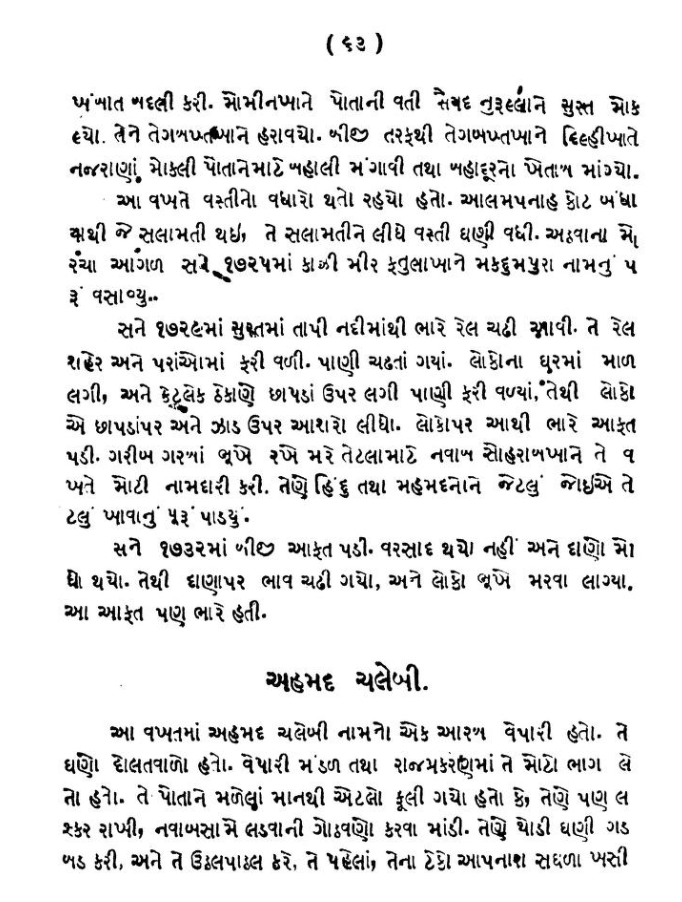
Special attention has been accorded to the inconclusive debates surrounding the origins of these figures for two reasons. First, it suggests just how difficult it is to construct accurate biographical portraits of Asian merchants, even those who are well-documented by early modern standards. Second, it serves as a nudge to historians to plumb the depths of European factory records to construct a fuller census of Asian merchants operating in the port cities of the Indian Ocean. Jorge Flores has shown the promise of such an approach in his prosopographical study of Surat's top Mughal port official (mutassadi) over half a century (Flores, "The Sea and the World"). A prosopographical survey of Surat's multiethnic economic players, one that utilizes the newest digital techniques for analysing networks and accounts for the city's spatial dynamics (figure 3), promises to offer similar insights. And were corresponding surveys to be carried out for other Asian port cities, then the literature on Asian economic enterprise would be well served.
To that end, the CAPASIA team is working towards constructing a prosopography titled “A Database of Asian Merchants.” This database will allow researchers to track Asian merchants over time and space and construct broader network analyses of European and Asian commercial connections. The project will be an ongoing one over several years and interested readers should periodically check in on the progress of the project at the following link:
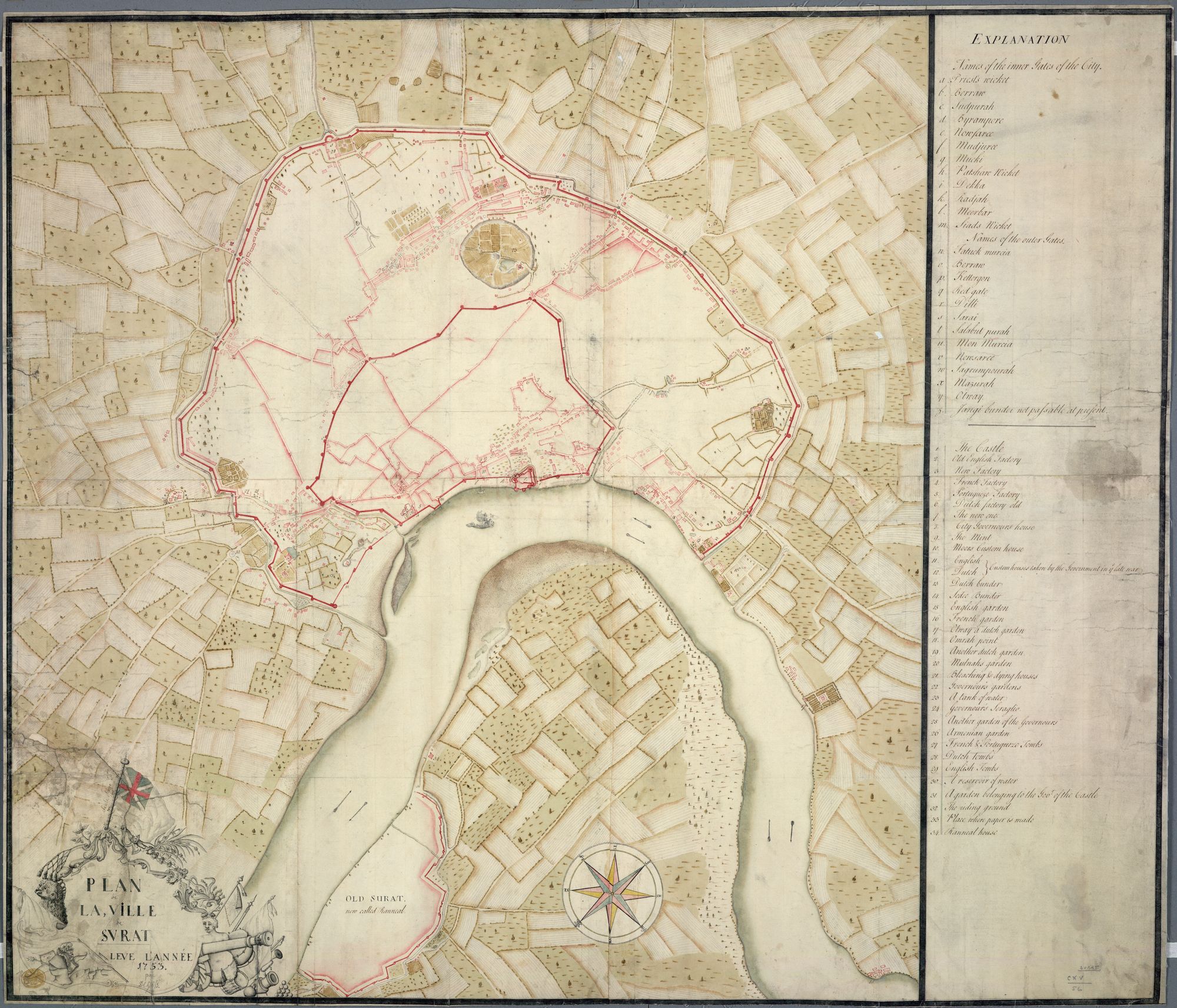
Sources
Ashin Das Gupta, Indian Merchants and the Decline of Surat, c. 1700–1750 (Wiesbaden, West Germany: Franz Steiner Verlag, 1979).
Ruquia Hussain, “The Turkish Merchants at Surat in Mughal Times,” Studies in History 30(1): 43-54.
A. Jan Qaisar, “From Port to Port: Life on Indian Ships in the Sixteenth and Seventeenth Centuries,” in Ashin Das Gupta and M.N. Pearson, eds., India and the Indian Ocean, 1500–1800 (Calcutta, Oxford University Press, 1987), 331–49.
Edalji Barjorji Patel, Suratanī Tavārīkha (Surat: Surat Akhbar Chapkhana, 1890).
John R. Perry, Karīm Khān Zand: A History of Iran, 1747-1779 (Chicago: University of Chicago Press, 1979).




